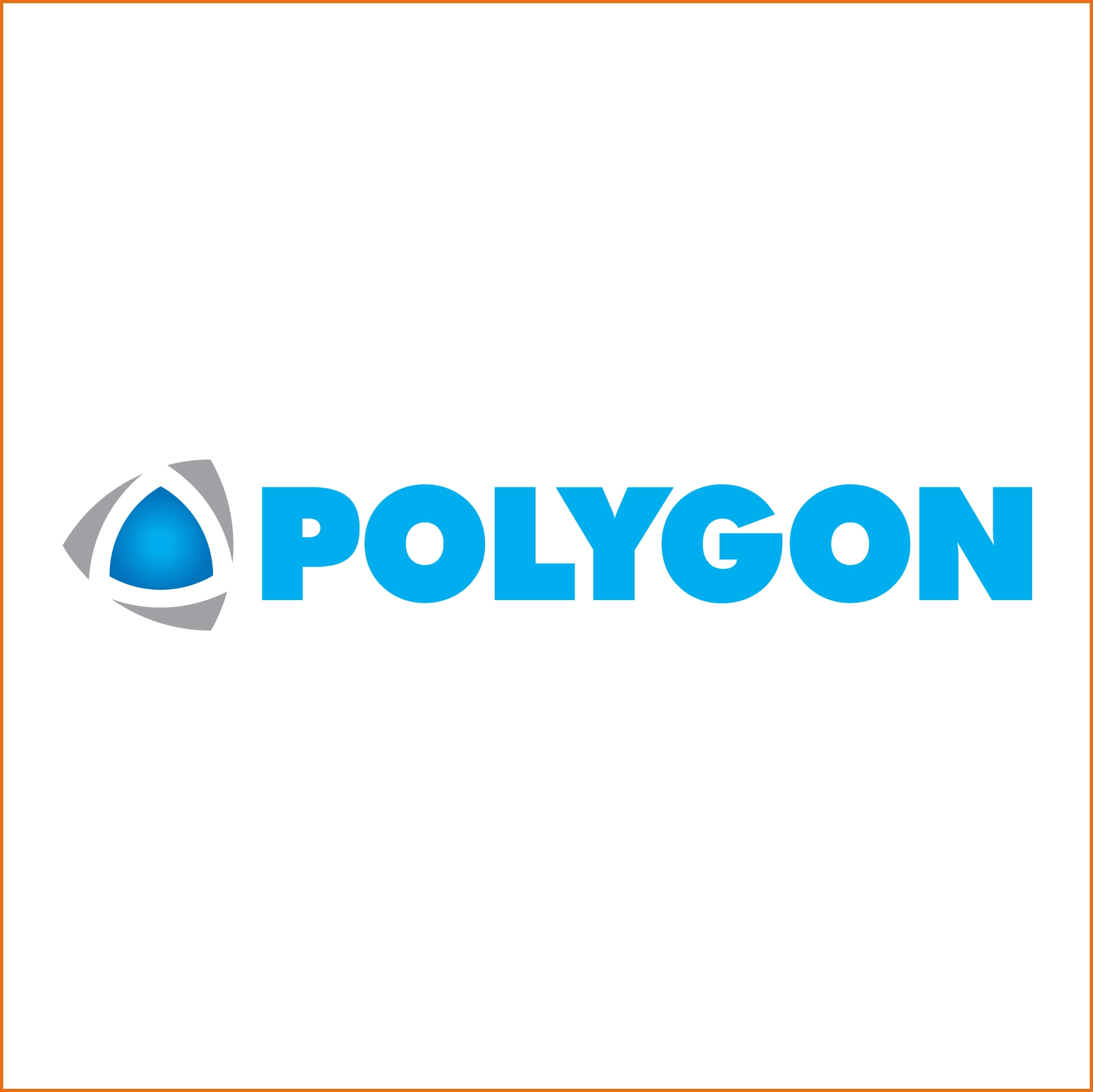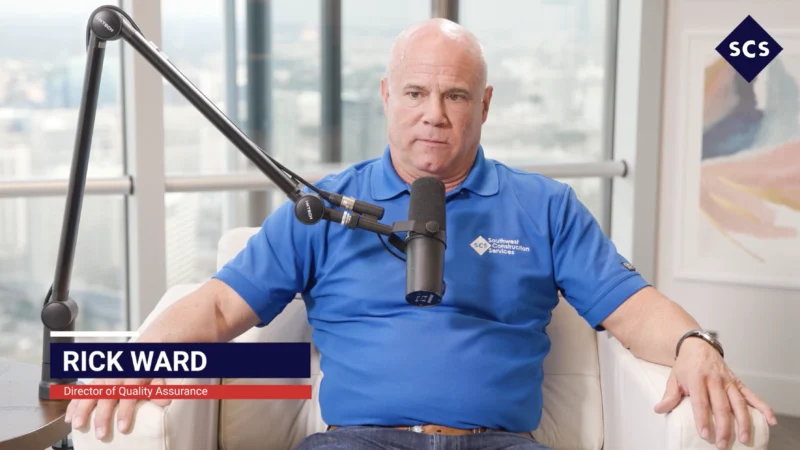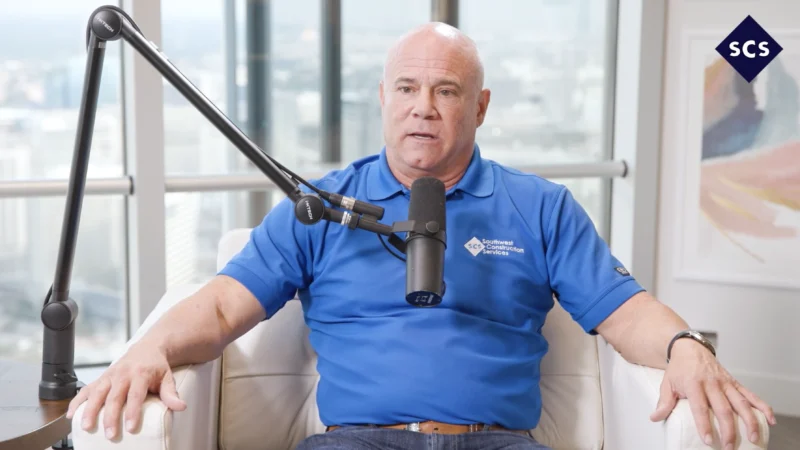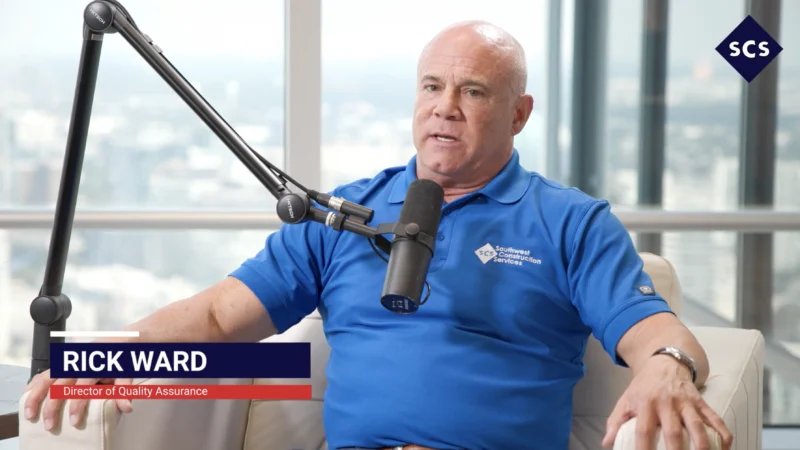Pros and Cons of Direct-Fired and Indirect-Fired Heat
Ryan Creagan, the Director of Client Development at Polygon, discusses the importance of evaluating the options for temporary heat on construction sites. He emphasizes that it is never too early to consider the differences between indirect fire and direct-fired heat.
Ryan explains that indirect fire provides clean heat without combustion or moisture, ensuring a high-quality environment. On the other hand, direct-fired heat may be cheaper and more efficient but can introduce moisture, combustion contaminants, and cause discoloration of drywall.
By leveraging Polygon’s expertise, clients can make informed decisions about the most suitable temporary heating solution.




